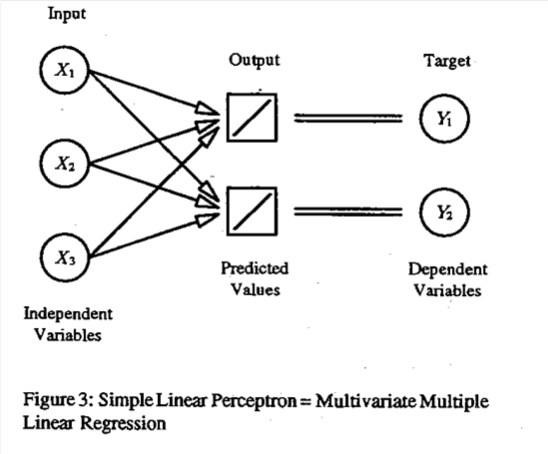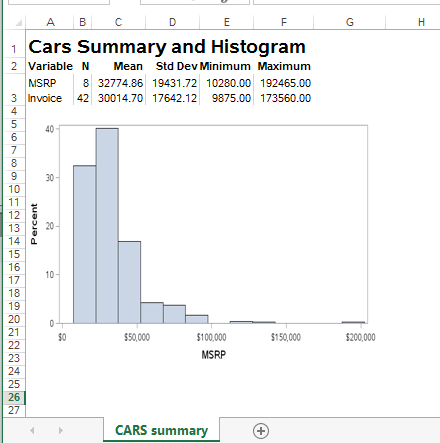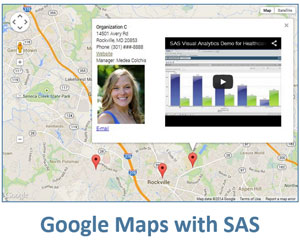All Posts

Capital investment in production capability is the weakest link in the business value chain. It always has been and likely always will be. It’s the driving force behind the tendency towards cartels, collusion and monopolies. While it can make the first entrant into a brand new market, in the long

Imagine you are the race director for a Formula One car. Decisions must be made within seconds, sometimes in the blink of an eye. When speed is of utmost importance, it is necessary for race engineers to have all relevant race data at their fingertips. Instead of having a couple of

Okay, let's say your data is in Hadoop. The distributed, open source framework is configured as it should be across low-cost servers and your data is sitting in those clusters. It's been a meaningful effort to get to this point but how does it benefit your organization? If it's not doing something
Back in January, I told you about this amazing project that Ed was working on, and now it’s done. Get ready. It’s a textbook—a science textbook about the stars. “Say what?” you might be thinking. Well, trust me. This book is cool! Ed has been teaming with the Space Telescope

And now for the five steps: 1. Ignore industry benchmarks, past performance, arbitrary objectives, and what management "needs" your accuracy to be. Published benchmarks of industry forecasting performance are not relevant. See this prior post The perils of forecasting benchmarks for explanation. Previous forecasting performance may be interesting to know, but


It is after Labor Day in the US, meaning we must no longer wear white shoes, skirts, jackets, or trousers. But even if you are now going sans-culotte, it is time to begin thinking about organizational performance objectives for 2015. Setting forecasting performance objectives is one way for management to shine...or

The major benefit of 64-bit applications is that they no longer have the memory limitation imposed by their 32-bit predecessors. This is why many SAS customers are making the transition from 32-bit SAS to 64-bit SAS. The move to 64-bit SAS can be daunting at first sight. There are many

I wanted to pass along this reminder from Pam Stroud at the International Institute of Forecasters: Grant to Promote Research on Forecasting For the twelfth year, the IIF, in collaboration with SAS®, is proud to announce financial support for research on how to improve forecasting methods and business forecasting practice.

Admit it - you were fascinated by the 3D pipes screensaver! How many CPU cycles did we let our machines burn up, drawing and re-drawing those silly pipes!?! What was your personal favorite CPU-hungry screensaver? (let us know in a comment!) Well, speaking of pipes, the proposed Atlantic Coast Pipeline

Writing my previous post about digital banks got me thinking about the widespread use of analytics. In his book Digital Bank, Chris Skinner states that data should be seen as the most critical asset for digital banks. Actually, this holds true for almost every company nowadays. If you don’t have data of

At the KDD conference this week I heard a great invited presentation called How to Create a $1 billion Model in 20 days: Predictive Modeling in the Real World – A Sprint Case Study. It was presented by Tracey de Poalo from Sprint and former Kaggle President and well known

The ODS ExcelXP tagset has served us well over the years. It provides a reliable method to get formatted SAS output into Microsoft Excel workbooks, where the business world seems to like to live. And it's available in Base SAS, which means that you don't need SAS/ACCESS to PC Files

➤ DISCLOSURE! In June 2018 Google introduced changes to the way it handles its Maps platform. They now require API key in order to embed a map, plus Google Maps "projects" must now be associated with a billing account. Unless these new Google rules are met, Google maps described in
For far too long we have been using the venerable Scatter Plot to do the work of placing text strings in the graph. For far too long we have used the Scatter Plot or the Block Plot to place axis aligned text in the graphs. It is time to












